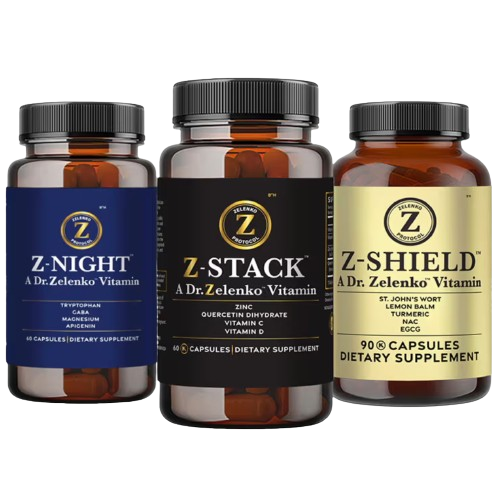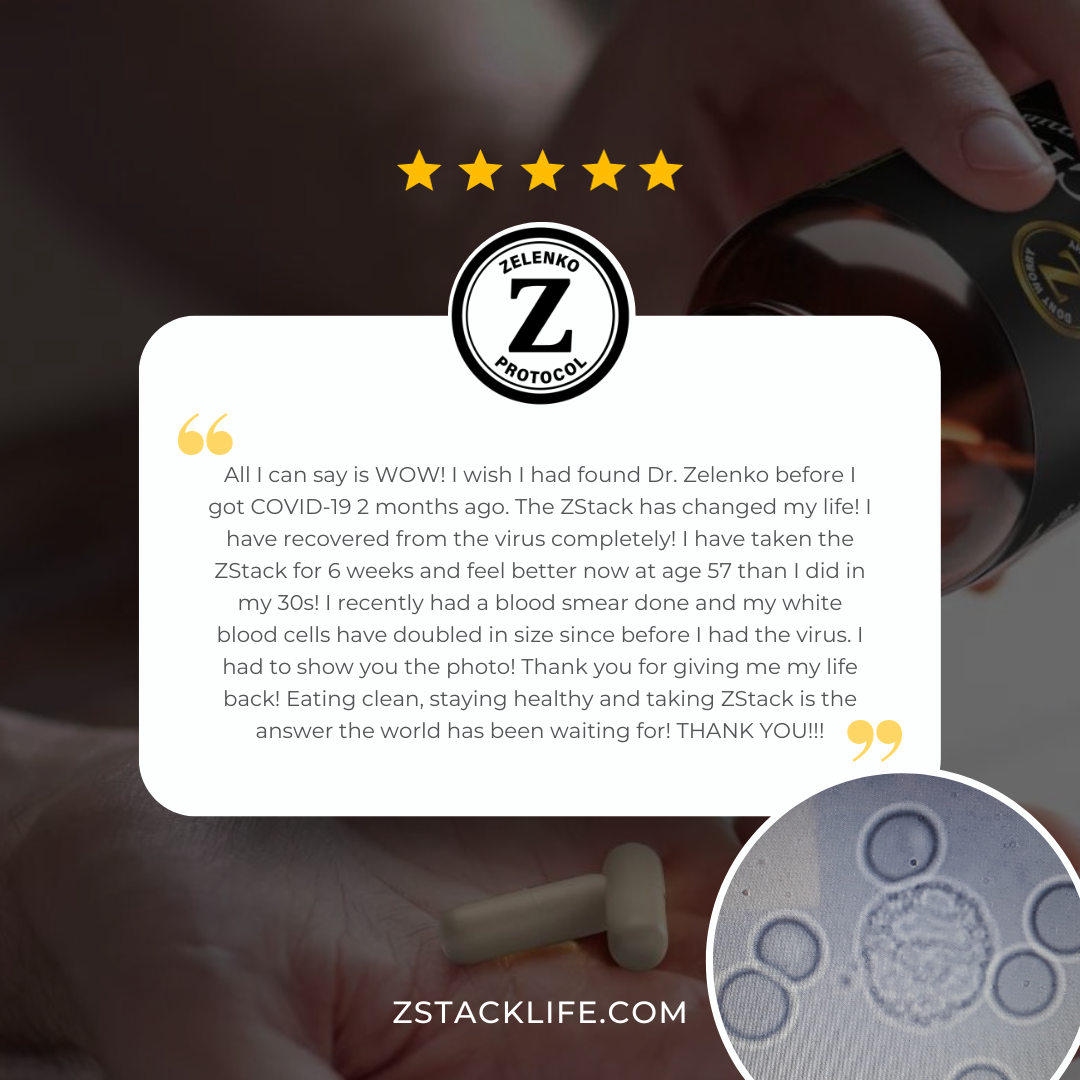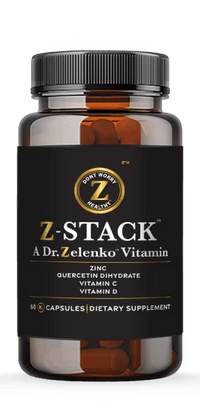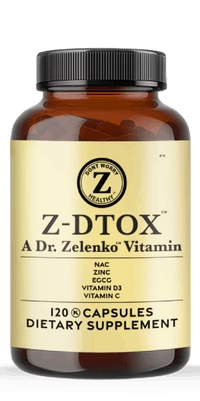In March 2020, as you may recall, Dr. Vladimir Zelenko presented what he considered a breakthrough in the fight against COVID-19: the Zelenko Protocol, a combination of hydroxychloroquine, zinc, and azithromycin. A New York study suggested that patients treated early with this regimen experienced fewer hospitalizations and a reduction in mortality rates. Yet, despite these promising results, the protocol has been met with skepticism and a lack of endorsement from several health authorities. You’re likely aware that the medical community demands rigorous, peer-reviewed evidence before embracing new treatments, and rightly so. As you weigh the potential benefits against the contentious backdrop of global health recommendations, it’s crucial to examine both the scientific support for the Zelenko Protocol and the concerns raised. This juxtaposition raises critical questions about the protocol’s place in prophylaxis, and whether emerging data might shift the balance of medical opinion in its favor.
Key Takeaways
- The Zelenko Protocol combines hydroxychloroquine, azithromycin, and zinc sulfate for early treatment of COVID-19 in an outpatient setting.
- Retrospective studies and clinical outcomes support the use of this combination therapy.
- Different health authorities have different stances on the protocol, leading to skepticism and lack of endorsement.
- Timely initiation of treatment with zinc, low-dose hydroxychloroquine, and azithromycin may reduce hospitalizations and mortality in COVID-19 outpatients.
Origins of the Zelenko Protocol

The Zelenko Protocol originated when Dr. Vladimir Zelenko, a family physician, combined hydroxychloroquine, azithromycin, and zinc sulfate as an experimental prophylactic treatment during a global health crisis. This combination therapy was designed for early treatment of the coronavirus disease 2019 (COVID-19) in an outpatient setting. Dr. Zelenko, often referred to as Zev Zelenko, aimed to mitigate the progression of the virus by enhancing the immune response with zinc while using hydroxychloroquine to facilitate zinc uptake into cells and azithromycin to prevent bacterial superinfections.
As you consider the Zelenko Protocol’s inception, it’s critical to analyze the context in which it was developed. During the early stages of the COVID-19 pandemic, particularly in New York State, there was an urgent need for effective outpatient treatments to prevent hospital overload. Dr. Zelenko’s case series study of his patients in New York suggested a high success rate, with claims of a 100% survival rate, no hospitalizations, and avoidance of ventilator use. This garnered significant media attention, including endorsements from public figures like Sean Hannity and Rudolph Giuliani, leading to a surge in demand for hydroxychloroquine.
However, it’s essential to approach the Zelenko Protocol with a critical eye, recognizing the potential for confirmation bias and the limitations of anecdotal evidence. The subsequent shortages of hydroxychloroquine highlighted the repercussions of widespread, unverified treatment adoption. The controversy surrounding Dr. Zelenko’s claims underscores the complexities of disseminating and interpreting medical information during a public health emergency. For those serving others, the priority must always be to rely on rigorously tested, peer-reviewed treatments to ensure the safety and well-being of patients.
Key Components Explained
Understanding the origins of the Zelenko Protocol sets the stage for a deeper examination of its key components, including the roles and purported benefits of hydroxychloroquine, azithromycin, and zinc in treating COVID-19 patients. Dr. Vladimir Zelenko’s treatment protocol hinges on the combination of zinc plus low-dose hydroxychloroquine and azithromycin, which is prescribed as a triple therapy for early treatment in an outpatient setting after early signs of COVID-19.
The rationale behind using hydroxychloroquine is its potential to facilitate early treatment with zinc by increasing intracellular zinc concentrations, which could inhibit the replication of the virus. Zinc serves as a direct antiviral, while hydroxychloroquine acts as a zinc ionophore, enhancing zinc’s efficacy. The addition of azithromycin may provide a synergistic effect due to its antimicrobial properties, which could prevent secondary bacterial infections.
The evidence-based approach of the Zelenko Protocol considers retrospective studies and clinical outcomes where patients receiving this prescription for triple therapy showed improvement without the need for hospitalization or ventilators. This suggests a risk-stratified treatment decision could be critical in managing patients with varying degrees of symptoms and co-morbidities.
It’s paramount to understand that prophylaxis in this context refers to the prevention of disease progression rather than its initial occurrence. Therefore, Zelenko’s treatment protocol promotes the use of treatment with zinc plus hydroxychloroquine and azithromycin as a preventive measure against the worsening of COVID-19 in the early stages of the disease, potentially reducing the burden on healthcare systems.
Analyzing Clinical Evidence

Careful scrutiny of the clinical evidence reveals that the study on the Zelenko Protocol’s efficacy in treating COVID-19 patients focused on early outpatient intervention by primary care physicians in New York. This retrospective case series study aimed to provide a risk-stratified treatment approach for COVID-19 outpatients, incorporating a combination of hydroxychloroquine, azithromycin, and zinc.
The treatment protocol, popularized by Vladimir Zelenko, was designed for early antiviral treatment, with the goal of averting severe illness and hospitalization. The inclusion of zinc, hydroxychloroquine, and azithromycin was hypothesized to act synergistically to inhibit the virus’s ability to replicate. The analysis compared 372 treated patients to a control group of 377 untreated COVID-19 patients. Key outcome measures were hospitalization rates and all-cause mortality.
While the findings suggested some benefits, it’s critical to address the limitations acknowledged by the study. Among these was the call for larger sample sizes and randomized control trials to validate the protocol’s effectiveness. Additionally, the study underlined the importance of publishing results from the entire patient population treated under Dr. Zelenko’s guidance.
Your role in interpreting this clinical evidence is to weigh the potential benefits against the limitations of the study. It’s essential to consider the context of the treatment protocol’s application, the rigor of the study design, and the broader implications for patient care. As you serve your community, maintain an evidence-based approach to any treatment recommendation, particularly when considering protocols like Dr. Zelenko’s that have garnered significant attention and debate.
Global Health Perspectives
As you consider the global implications of the Zelenko Protocol, it’s crucial to recognize the diverse responses and attitudes toward its use in varying health contexts. The protocol, which involves early treatment with zinc, low-dose hydroxychloroquine, and azithromycin for COVID-19 outpatients, has elicited varied reactions across different regions and medical communities.
From a global health perspective, the protocol’s approach to risk-stratified treatment and prophylaxis has been met with both acclaim and skepticism. Notably, a retrospective case series study claimed improved outcomes, with significantly fewer hospitalizations and reduced mortality rates among treated patients compared to an untreated group. However, these findings have been debated, and calls for more rigorous, peer-reviewed clinical trials remain persistent.
In some countries, hydroxychloroquine and azithromycin have been adopted and widely used, often influenced by political endorsements rather than robust scientific evidence. In others, medical authorities have been more cautious, emphasizing the lack of strong evidence from large-scale clinical trials to support widespread use.
The challenge lies in balancing the potential benefits of early treatment for COVID-19 outpatients against the risks and unknowns. The global health community strives to serve populations by ensuring that treatments are both safe and effective. As such, it is imperative to continue evaluating the Zelenko Protocol through methodical research and unbiased analysis.
Safety and Side Effects
Evaluating the safety and side effects of the Zelenko Protocol’s drug combination is critical, given the serious concerns raised by both medical professionals and patients. Here are key points to consider:
- Low-dose Hydroxychloroquine: While proponents argue for its benefits, the safety profile of hydroxychloroquine combined with other drugs remains under scrutiny. Low-dose hydroxychloroquine has been associated with fewer adverse effects than higher doses, yet concerns about cardiac side effects persist.
- Azithromycin Co-administration: The antibiotic azithromycin, when used in conjunction with hydroxychloroquine, raises the risk of cumulative cardiac side effects. This combination can potentially lead to changes in heart rhythm, necessitating a careful assessment of the patient’s cardiac history before initiation.
- Evidence of Harm vs. Benefit: The experimental treatment nature of Zelenko’s treatment means that rigorous, peer-reviewed studies are essential to establish a clear risk-benefit profile. Currently, the lack of such comprehensive studies means the safety and side effects cannot be fully characterized.
- Creative Commons and Data Sharing: Transparent sharing of clinical trial data under Creative Commons could foster a collaborative environment where the medical community can better assess the safety and efficacy of the Zelenko Protocol’s risk-stratified treatment.
In serving those who seek reliable information, it’s imperative to approach the Zelenko Protocol with a methodical analysis of existing evidence. Until robust clinical data is available, the safety and side effects of this regimen cannot be assured. Health professionals must weigh the experimental status of this protocol against the urgent need for effective treatments, always prioritizing the well-being of patients.
Recommendations and Usage
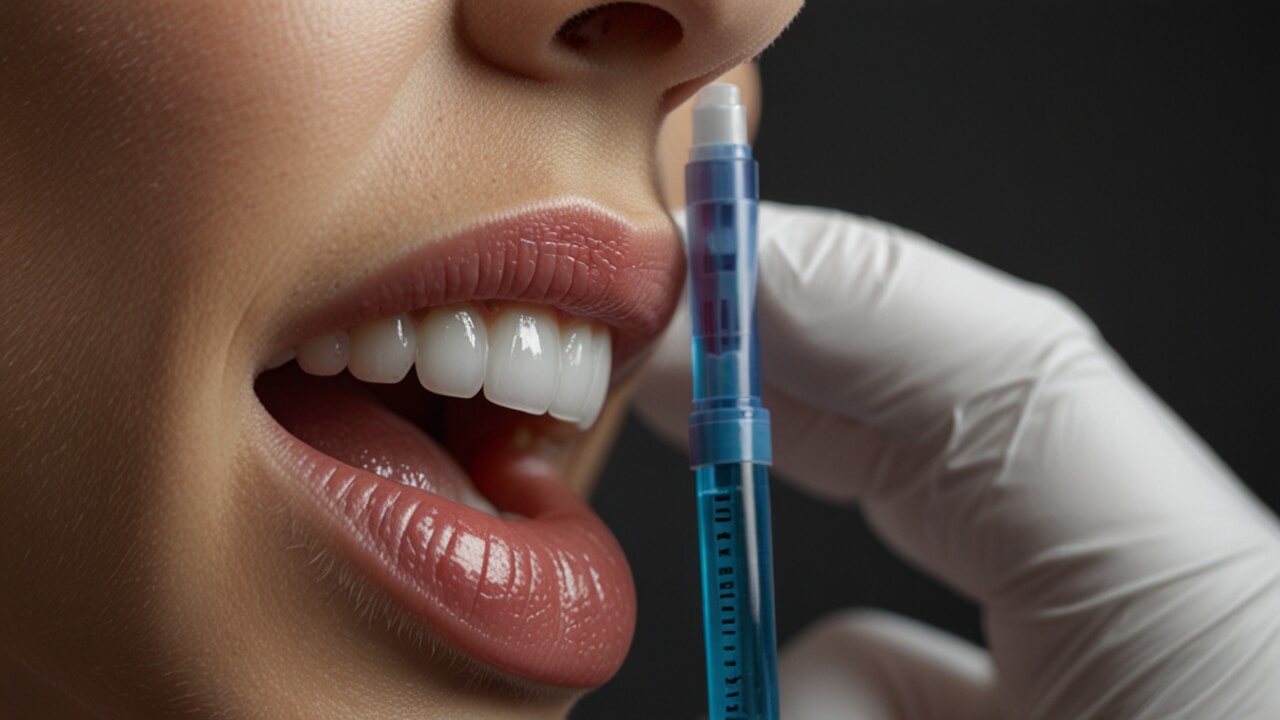
When considering the Zelenko Protocol, it’s essential to recognize that timely initiation of the treatment, guided by patient risk stratification, may improve outcomes for COVID-19 outpatients. As a responsible primary care physician, you should begin therapy as soon as a diagnosis is confirmed, especially for patients with coronavirus disease who are at higher risk of complications.
Here’s a methodical guide to the Zelenko Protocol for your practice:
| Risk Level | Treatment Components | Duration |
|---|---|---|
| High | Zinc Plus Low Dose Hydroxychloroquine and Azithromycin | As prescribed |
| Moderate | Zinc Plus Low Dose Hydroxychloroquine | Consider patient-specific factors |
| Low | Zinc supplementation | Preventive measure |
| After Early Treatment | Monitor for symptoms; adjust therapy dependent on risk | Ongoing |
| Special Considerations | Adjust dosages for comorbidities; avoid contraindications | Individualized |
This evidence-based, risk-stratified treatment with zinc and low-dose hydroxychloroquine and azithromycin in the outpatient setting after early treatment may reduce the burden of hospitalizations and mortality. However, it’s also crucial to continue monitoring the long-term effectiveness and safety of this regimen. Zelenko’s claims about the protocol’s efficacy underscore the importance of early intervention.
Every patient is unique, and treatment should reflect their individual risk profile. Pay close attention to the latest research and guidelines to ensure that your application of the Zelenko Protocol adheres to the highest standards of care. Serving others in this challenging time means not only providing immediate relief but also contributing to the larger body of knowledge regarding effective coronavirus treatments.
Future Research Directions
To rigorously assess the Zelenko Protocol’s clinical outcomes, future research must include randomized controlled trials that scrutinize its efficacy and safety in treating COVID-19 patients. The priority is to establish a robust evidence base to support or refute the use of this combination therapy in the early treatment of acute respiratory syndrome coronavirus 2 (SARS-CoV-2).
For a clearer understanding of the Zelenko Protocol’s place in the treatment landscape, consider the following future research directions:
- Randomized Controlled Trials (RCTs): Conduct RCTs with COVID-19 outpatients to determine the main outcome measures of the Zelenko Protocol, comparing its results with standard care.
- Long-term Impact Studies: Investigate the potential long-term effects of the Zelenko Protocol, especially in patients with persistent symptoms post-acute COVID-19.
- Variant Responsiveness: Explore how different SARS-CoV-2 variants respond to the Zelenko Protocol, ensuring the therapy remains relevant as the virus evolves.
- Healthcare Implementation: Assess the feasibility and adaptability of the Zelenko Protocol across diverse healthcare settings and populations to understand how it can be scaled and optimized.
The open access to ongoing research findings will be crucial in guiding healthcare professionals. You are part of a global community committed to improving patient outcomes, and your engagement with future research is instrumental. The results of such studies could greatly influence the standard of care and potentially save numerous lives. Therefore, it is essential that you remain well-informed and contribute to the ongoing research, propelling the evidence-based practice that is paramount in the fight against COVID-19.


